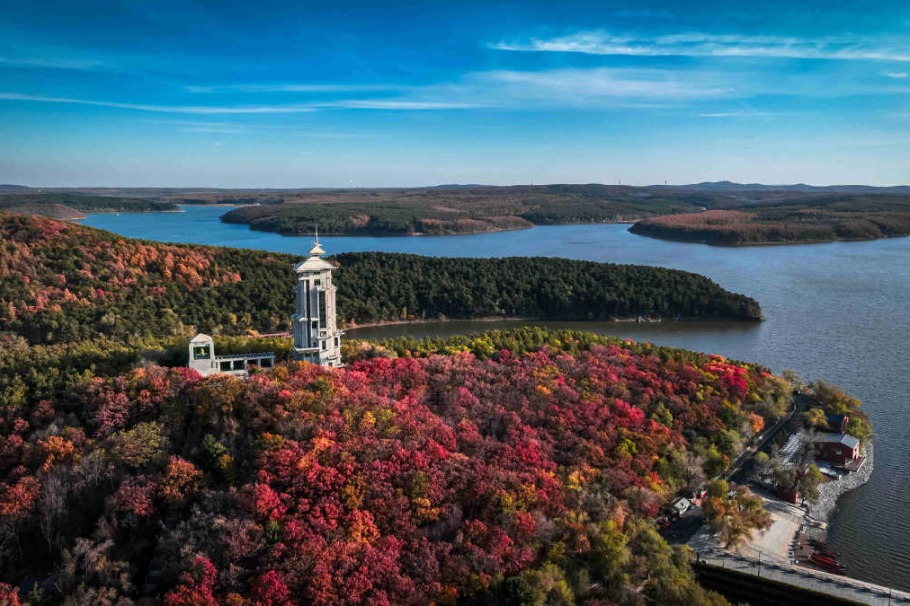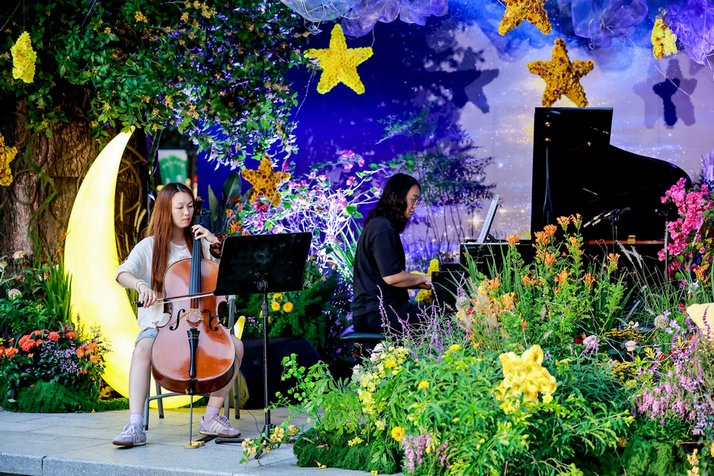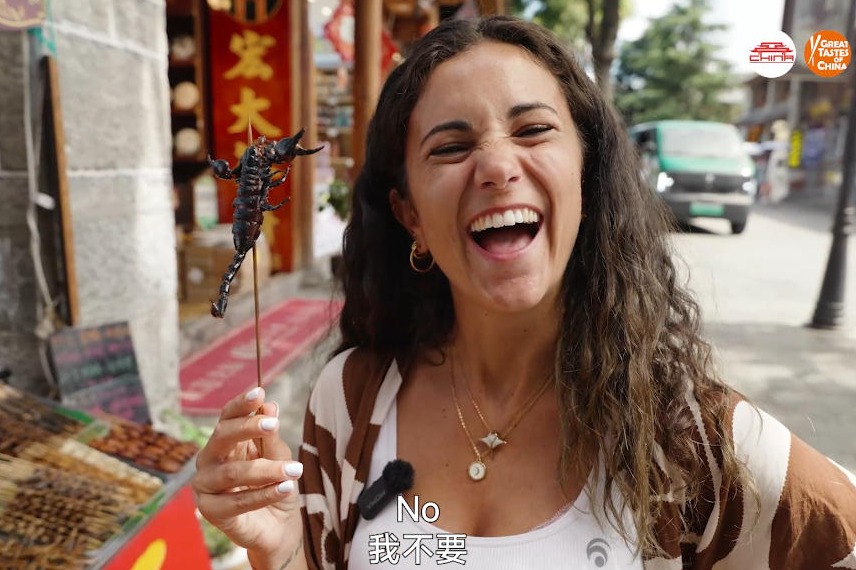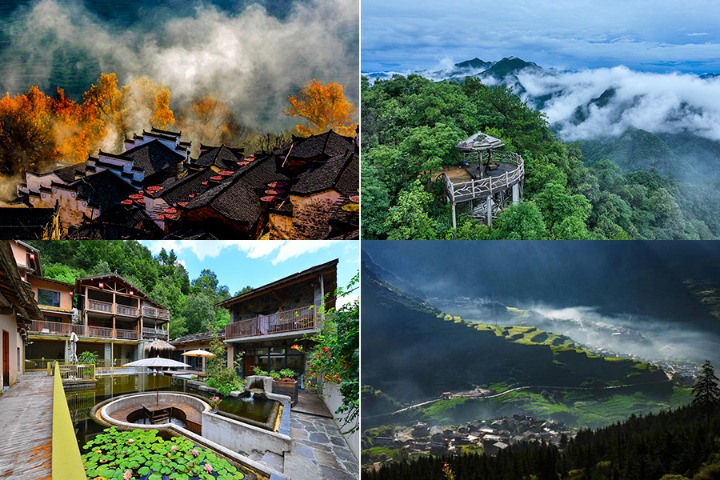Exploring customs crafted by ethnic verve

Arrows that sing. Wrestling on horseback. Houses on stilts.
Witchcraft, mountain gods, Buddhism — and much more.
Over 2,000 items collected from around the Xizang autonomous region's Nyingchi city map the cultural landscape of "Xizang's answer to the Swiss Alps" at the Southeast Tibetan Cultural Heritage Museum.
The compound in Bayi township's Baji village draws architectural inspiration from Jokhang Temple, the second-most famous site after the Potala Palace in Lhasa. The institution claims to be Xizang's only museum dedicated to intangible cultural heritage and China's first to illuminate the Lhoba and Monba ethnic groups' cultures.
The building hosts 14 halls portraying the history and lifestyles of the Kongpo Tibetan, Lhoba, Monba and Deng ethnic groups, showing how they hunt, play, eat, dress and worship.
Visitors are greeted in the lobby by four totem poles festooned with the talismans of the area's four major ethnicities. They stand in front of a 3-by-11-meter mural that fuses Tibetan thangka and Fujianese lacquer art styles. It depicts Tang Dynasty (618-907) Princess Wencheng's seventh-century arrival in Xizang.
The nearby cultural relics hall hosts exhibits unearthing the legacy of the 3,000-kilometer Tang-Tubo road Wencheng traversed from today's Xi'an in Shaanxi province to the Tubo kingdom in Xizang to marry King Songtsen Gampo.
The hall also displays Neolithic skeletons discovered along the Nyangchu River, Buddhist statues and scriptures, and ornate leather and wool boots that are identically shaped for both feet.
It also showcases household items like gray pots carved from saponite dug up near the Yarlung Zangbo River in Metog county, bowls whittled from birchwood and Lhoba bamboo weavings.
And it presents Tibetan incense crafted from about a dozen ingredients, including musk and cypress, and knives forged from at least three types of iron ore, which have a history spanning four centuries.
Perhaps the most representative artifacts are Kongpo bixiu arrows drilled with holes, so they whistle as they whoosh through the air. Their 1,500-year legacy has endured and competitions remain essential to such festivals as the Tibetan New Year, Losar.
Archery is also performed on horseback like many other extreme equestrian sports, such as tug-of-war and acrobatic stunts, like handstands and leaping from horse to horse.
Sports and games are such a part of local life that an entire hall is dedicated to the serious business of having fun in southeastern Xizang.
Strength competitions feature duojiao, the Tibetan version of Atlas stones, hefty rocks contestants hoist from the ground, carry and toss to prove their might. Other tournaments involve using yak-wool slingshots to snap smaller stones toward targets, as herders do daily to steer their sheep to pasture.
Indoor amusements include dice and kelang, a table hockey-like game in which players flick a small disc on a smooth surface dusted with highland-barley flour to enable the shot to glide gracefully.
Indeed, the museum's displays reveal little-known features of a place that appears to many outsiders as a mysterious, if not mystical or almost mythical land, often revered as a place of pilgrimage for Buddhists.
Today, Nyingchi hosts temples devoted to various Buddhist sects.
But few people know about the indigenous animistic Bon religion that reigned before Buddhism's arrival. Lhoba traditionally called upon a pantheon of kitchen and mountain gods before hunting with crossbows and poisonous arrows. They also used chicken heads to divine the future and performed the Bogar dance to entreat good fortune.
Ultimately, visitors to the Southeast Tibetan Cultural Heritage Museum may discover a swathe of Xizang they didn't expect but will come to look forward to, especially as they continue to explore Nyingchi beyond the building's walls. The experience may demystify the region without subtracting any of its magic.

































